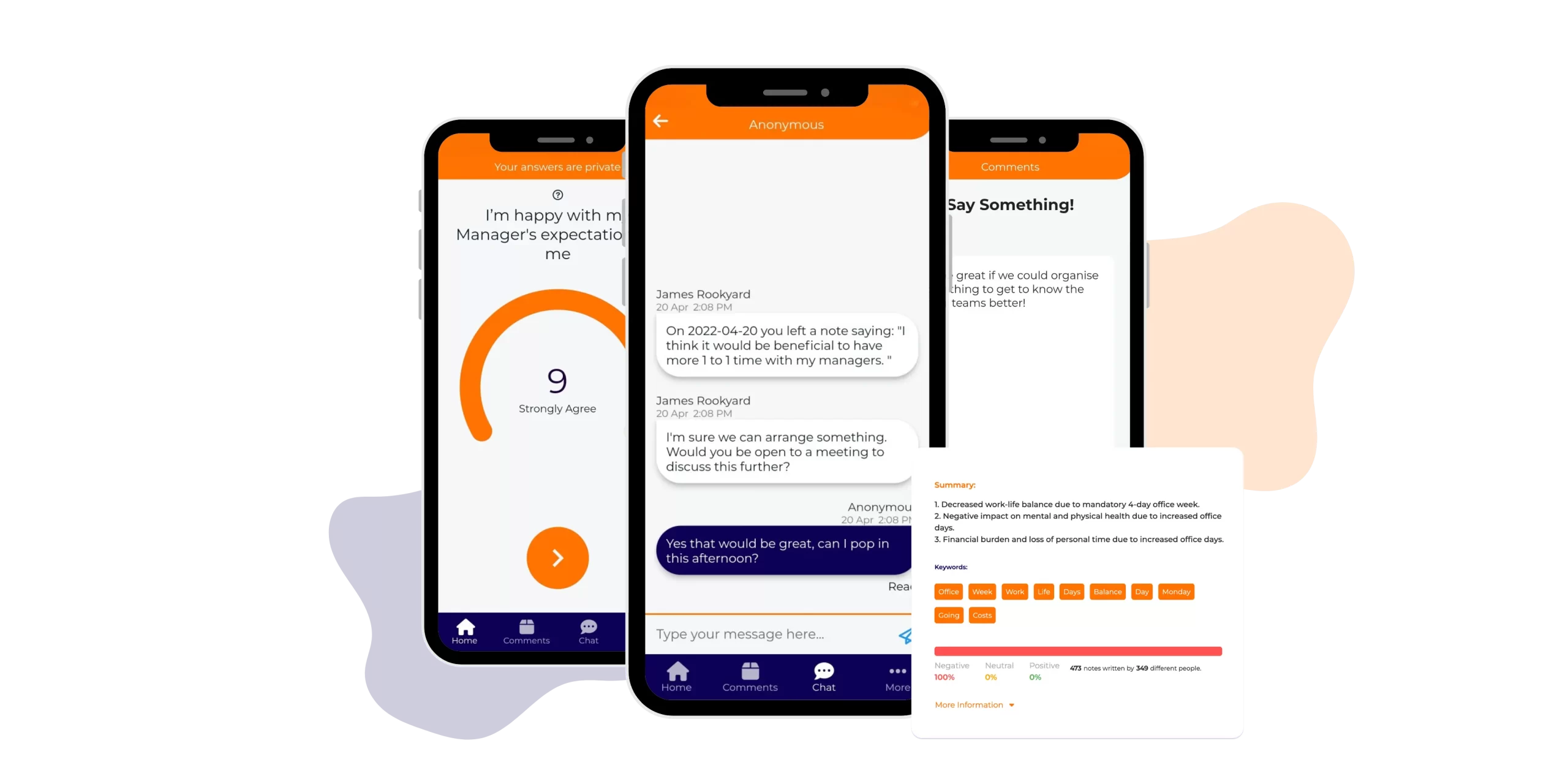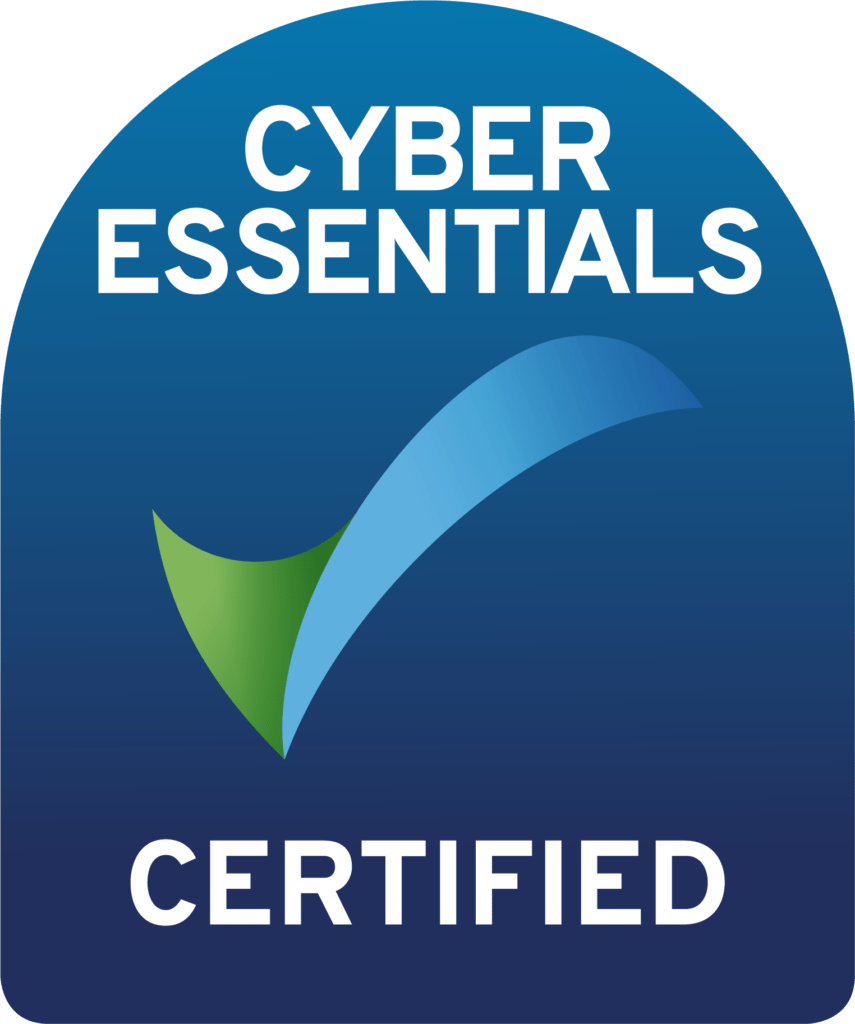Uh oh. The dreaded office Yeti has awakened from its yearly slumber! You know what that means – annual survey time. Just as your team was hitting peak productivity (or at least perfecting their online poker faces during meetings), those familiar email sirens blare, heralding the arrival of the 36 page nightmare. Brace yourselves, because statistically speaking, half your team will mysteriously contract a case of the “survey flu” – a debilitating illness that seems to only strike during these crucial data-gathering moments…
But yeah, those relics of the past just don’t cut it anymore. The business world moves fast, and feedback needs to keep pace. Enter the concept of continuous feedback, a game-changer for growth and engagement in companies everywhere. Forget the buzzword, this is a real strategy for building a workplace where communication flows freely and everyone feels like they’re constantly learning and improving. But continuous feedback isn’t just about feeling good and fuzzy. It’s a powerful tool for nipping problems in the bud before they blossom into full-blown crises.
Catching problems early: The superpower of continuous feedback
Imagine this: a small bug in your company’s new software goes unnoticed during the annual review cycle. By the time the next review rolls around, that tiny bug has morphed into a monstrous glitch causing customer frustration and lost revenue. Yikes! With continuous feedback, you can catch the fire while it’s just a spark. Here’s how:
- Real-time insights: Unlike annual reviews, which offer a snapshot of the past, continuous feedback provides real-time insights into what’s working and what’s not. This allows you to address issues as they arise, preventing them from snowballing into bigger problems.
- Open communication loop: Continuous feedback fosters a culture of open communication where employees feel comfortable raising concerns before they escalate. This two-way street empowers everyone to identify and address potential issues early on.
- Course correction on the fly: Business environments are dynamic, and sometimes your initial plan needs a tweak. Continuous feedback allows you to adjust strategies and goals as you go, ensuring you stay on the right track and avoid costly mistakes.
The butterfly effect: How a small catch can lead to big wins
Everyone knows the butterfly effect right? How a butterfly flapping its wings can lead to a hurricane in another part of the world? Whether that is quite possible is up for debate. But it’s certainly true that a small change can have a significant impact down the line. In the context of business, a seemingly minor issue left unchecked during an annual review can have a ripple effect, impacting everything from employee morale to customer satisfaction. Continuous feedback disrupts this effect by:
- Empowering employees to take ownership: When employees feel like their voices are heard and their concerns are addressed promptly, they’re more likely to take ownership of their work and proactively identify potential problems.
- Building a culture of continuous improvement: Continuous feedback creates a space where learning and improvement are ongoing processes. This fosters a proactive mindset where everyone is constantly looking for ways to optimise performance and avoid pitfalls.
- Preventing frustration and burnout: Left unchecked, small problems can lead to frustration and burnout. Continuous feedback allows you to address issues before they reach that boiling point, keeping your team motivated and engaged.
The benefits go beyond early detection
Of course, continuous feedback offers a whole lot more than just catching problems early. Here’s how it keeps your team feeling appreciated and your business thriving:
- Investing in your people: When a company prioritises continuous feedback, it shows they’re invested in your growth – both personally and professionally.
- Building trust one conversation at a time: Transparency and consistent communication are the building blocks of trust. Continuous feedback strengthens that foundation, fostering a more collaborative and productive work environment.
- Happy employees, happy company: Feeling valued and heard leads to happier employees, and happy employees are more productive, creative, and likely to stick around. This translates to lower turnover rates and a more stable, successful company.

Making continuous feedback a reality in Your workplace
Integrating continuous feedback might seem daunting, but don’t worry, it’s not rocket science. Here are some tips to get you started:
- Leaders gotta lead: Management needs to be all-in on continuous feedback. When the boss sets the example of open communication, everyone else follows suit.
- Tech can be your friend: Platforms like Wotter (think AI-powered pulse surveys) can streamline check-ins and make feedback collection a breeze. We’re here if you want to find out more!
- Train your team: Equipping both managers and employees with the skills to give and receive feedback constructively is key.
- Recognition is rocket fuel: Make celebrating wins, big or small, a habit. A little praise goes a long way in keeping morale high.
- Feedback on the feedback: Don’t be afraid to ask your team how the continuous feedback system is working. Feedback on the feedback process helps you keep things running smoothly.
The Takeaway
Continuous feedback isn’t a fad; it’s a transformative approach that fuels growth, boosts engagement, and strengthens the bond between companies and their employees. By creating a workplace where feedback is a natural part of the day-to-day, you’ll cultivate a vibrant, dynamic environment that’s not only productive but also deeply rewarding for everyone involved. Think of it as an investment in the future of your company – a future filled with a motivated, engaged, and connected workforce, all working together to prevent those tiny cracks from turning into business earthquakes. So, why wait? Take the first step today and create a workplace that thrives on continuous feedback!





